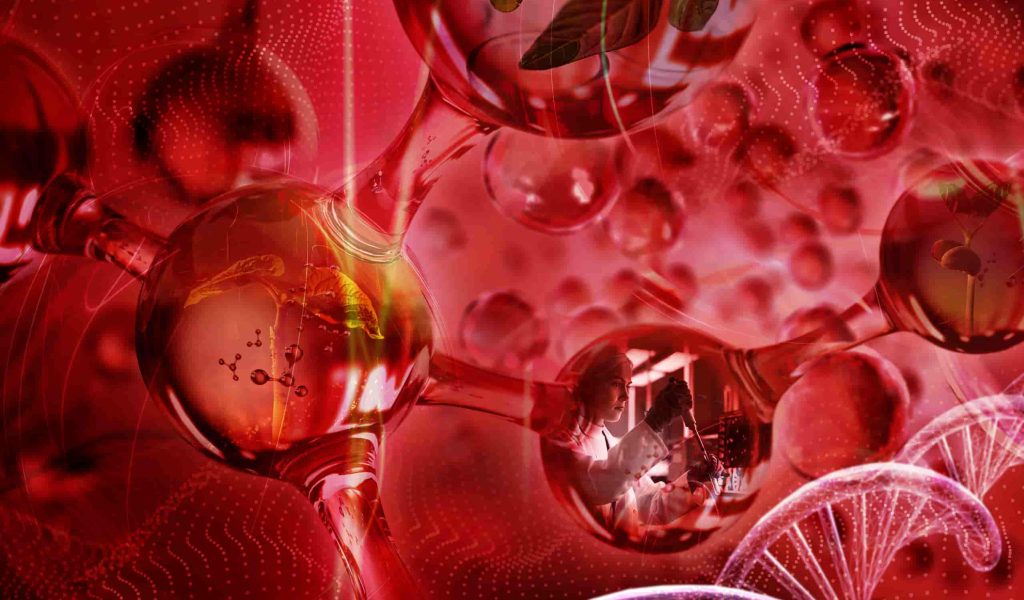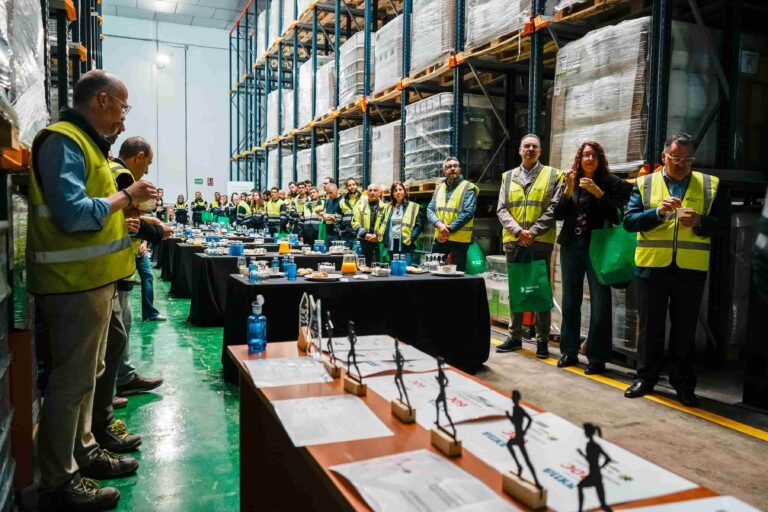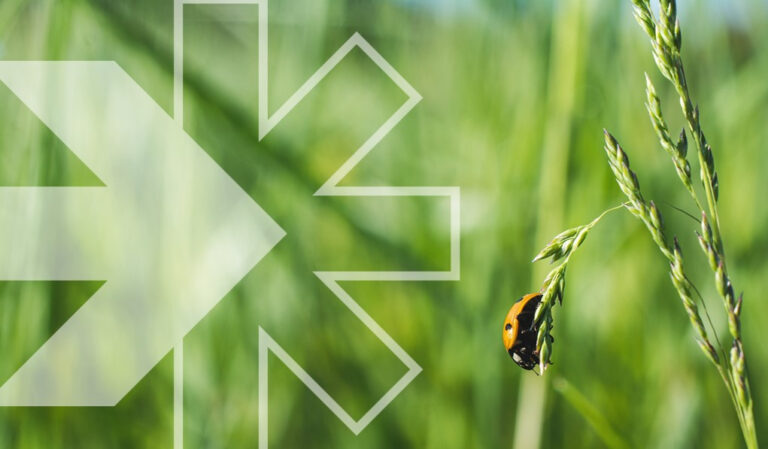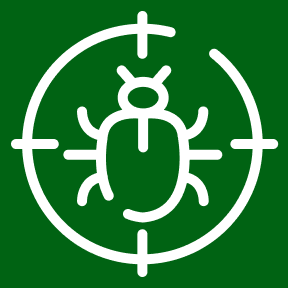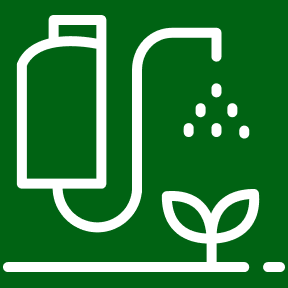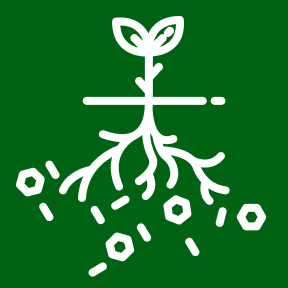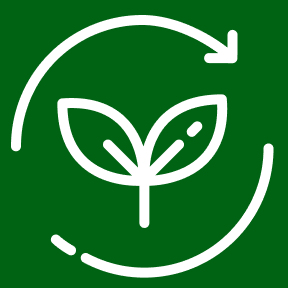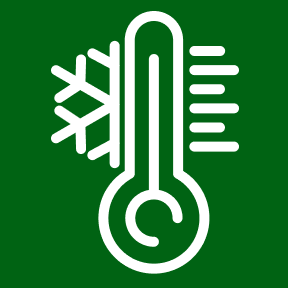- The result of a partnership between the Brazilian division of Rovensa Next and Unicamp’s Institutes of Chemistry and Biology marks a milestone not only for Brazilian agriculture, but also for the entire biosolutions market, as it explores a field that was previously relatively unknown.
- Biimore, the award-winning biostimulant used in the research study, has also obtained the CE mark under the EU Fertilising Products Regulations 2019/1009.
Madrid. 14 December 2023. Nine Brazilian researchers have made history with the publication of the article entitled Metabolomics analysis reveals stress tolerance mechanisms in common bean (Phaseolus vulgaris) related to treatment with a biostimulant obtained from Corynebacterium glutamicum, which has made the cover of the English journal Molecular Omics, published by the Royal Society of Chemistry, the world’s most respected and oldest society in the field, with a 175-year history.
The research, led by experts from Unicamp’s Institute of Chemistry and Rovensa Next’s R&D department, focuses on providing a better understanding of the biochemical pathways involved in different biological processes at molecular level.
The study, published on December 4th, demonstrates the effects of the biostimulant on plant metabolism. Biimore, marketed as Vorax™ in Brazil (the only biofertiliser currently registered by the Ministry of Agriculture in Brazil), a product obtained from the exclusive fermentation of the bacterium Corynebacterium glutamicum, is composed mainly of amino acids, carbohydrates, vitamins and hundreds of other primary and secondary metabolites that have been identified in the study.
“Brazil makes a huge, globally relevant scientific contribution to agriculture. Our research opens up an outlook for the use of highly precise techniques to confirm the genetic potential and mode of action of bio-inputs that can be used in crops all over the world,” said one of the authors of the article, Rafael Leiria Nunes, Supplies and Operations Director at Rovensa Next Brazil. According to Leiria, Biimore, (Vorax™ in Brazil) has a complex matrix, making it hard to explain its mode of action and its high efficacy, which has been proven in the field and in several other studies.
Given its vast chemical diversity and heterogeneity, determining the metabolome of a biological organism is complex and requires specific protocols, from sample preparation to the selection of the most advanced analytical techniques (chemometrics), as well as the use of highly efficient strategies for processing and interpreting analytical data (molecular networking). “The major difference of this study was precisely that it was able to establish a correlation between the application of a product based on metabolites from C. glutamicum microorganisms and the plant’s metabolisms, showing the plant’s response based on its own metabolites, bringing conclusive evidence of the biostimulant’s efficacy,” explained Leiria.
According to Johana Rincones, PhD and Global Research & Development Manager for Biological Products at Rovensa Next, “The article published in the Molecular Omics journal represents a major breakthrough in the development of products for agricultural use. The study of secondary metabolites in Biimore (Vorax™ in Brazil) and their effects on plant metabolism through metabolomics has provided a very specific understanding of the product’s mode of action on plants. This helps us to position it accurately and efficiently for the benefit of crops and the profitability of rural growers.”
Research conclusions
In short, the research concluded that the concentration of specific metabolites increased in the plant after applying the biostimulant, especially some lipids, amino acids and flavonoids are associated with the tolerance of plants to adverse conditions. As a result, the evaluation of the development parameters of P. vulgaris (common bean) treated with Biimore (Vorax™ in Brazil) provided enhanced results when exposed to abiotic stress (lack of light or water deficiency). This opens up a promising future for the use of biostimulants, considering that several regions in Brazil and others around the world are likely to experience longer periods of drought in the future.
Biimore global successes
In addition to being the only biofertilizer currently registered in Brazil, Biimore, is the company’s first, and one of the first in the market, to receive the CE mark under the new EU Fertilising Products Regulation 2019/1009 (FPR). It was certified for efficiency and quality claims including the ability to increase the fruit quality in terms of size, weight, and sugar content. Biimore was awarded the Biosolutions Innovation Award at Macfrut Feria 2022, one of Italy’s most important events for the fruit industry, and a finalist at the World BioProtection Awards 2022 for Best Biostimulant Product.
Learn more about the research at: https://pubs.rsc.org/en/journals/journalissues/mo#!issueid=mo019010&type=current&issnonline=2515-4184
For further information: Rovensa Next
Elisa Lipperheide
Global Communication Manager

